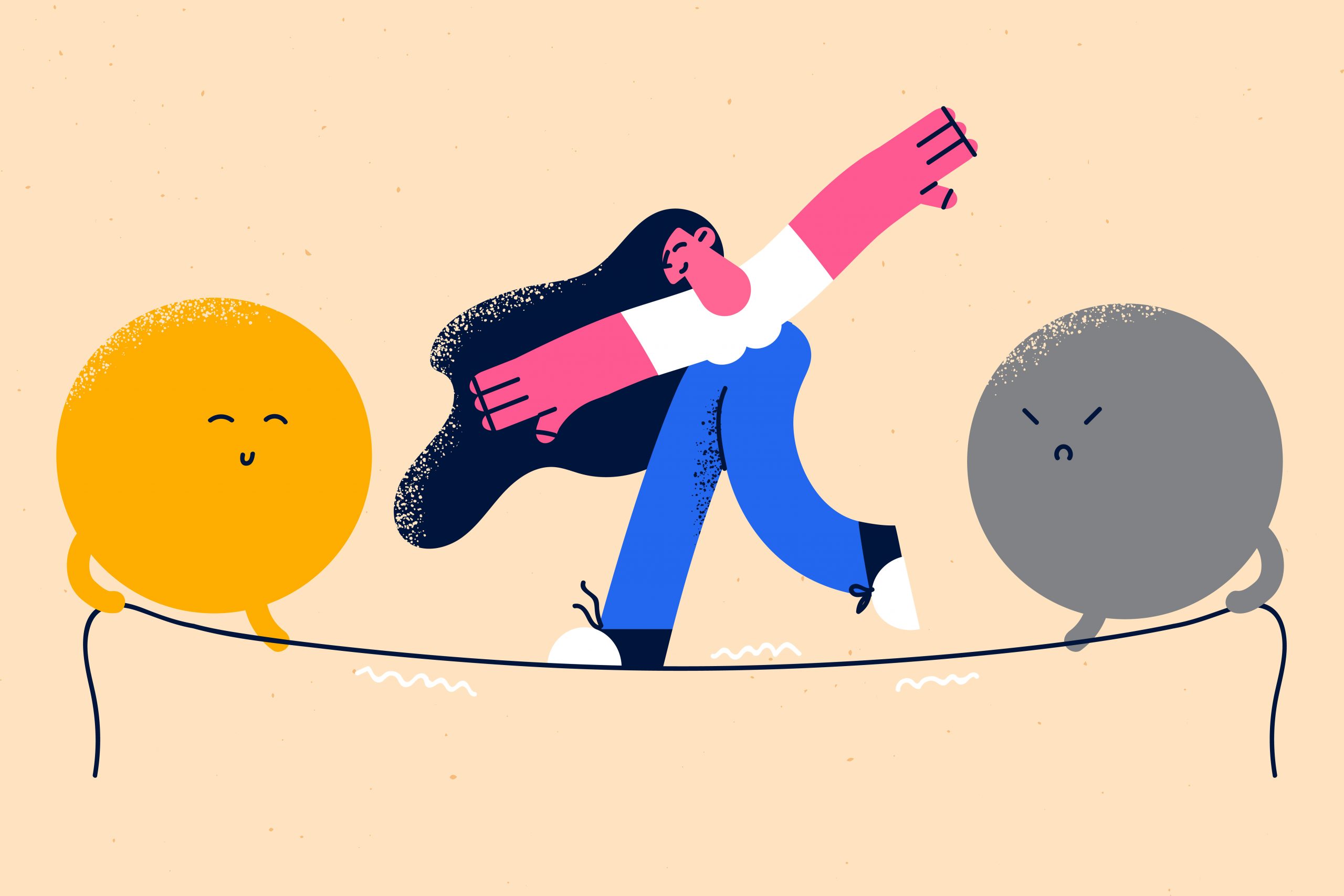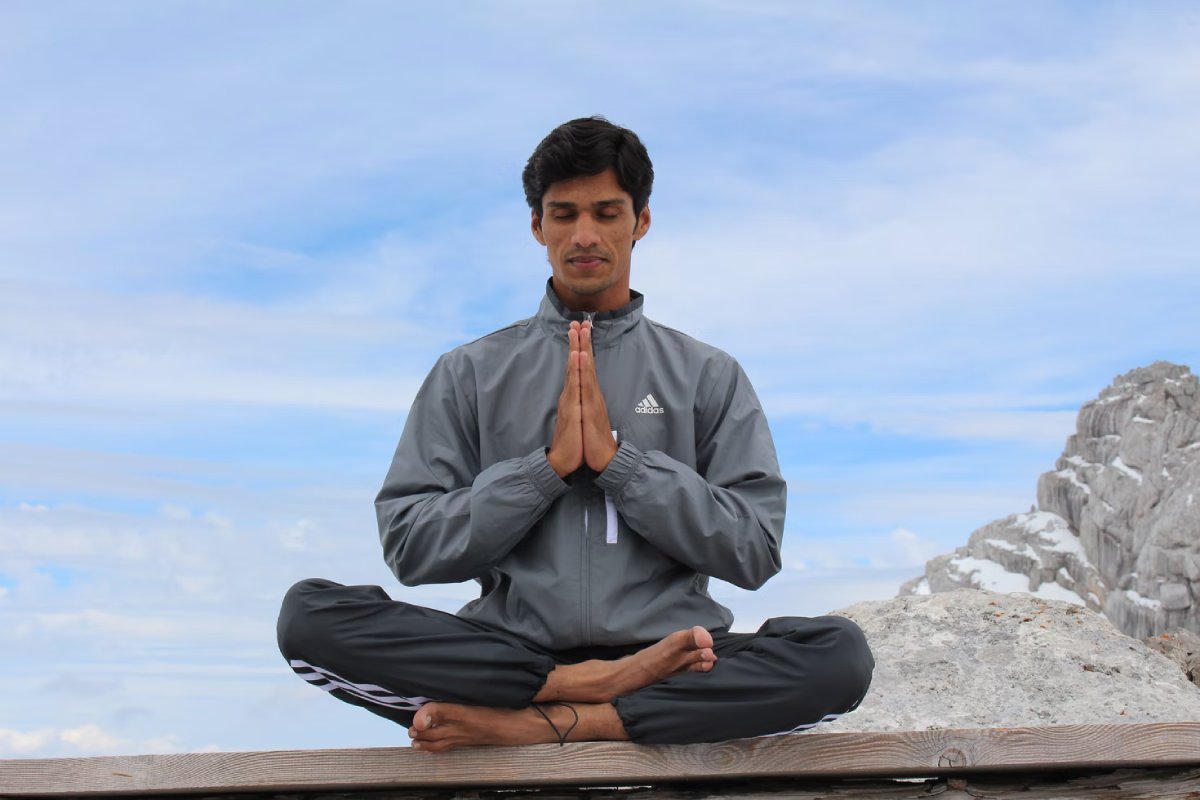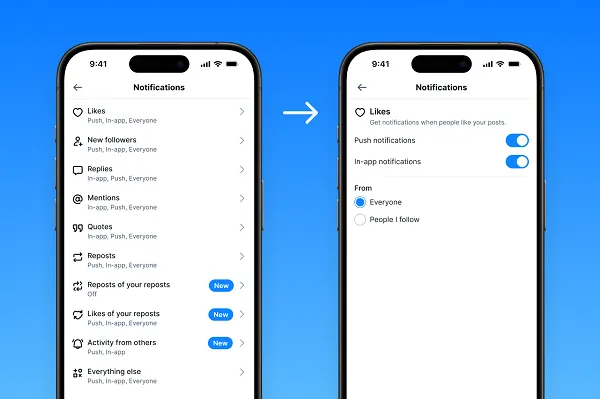Buddhist Practices for Moral Outrage
According to scholar Allison Aitken, divisive tribalism is nothing new. In a recent episode of Tricycle Talks, she discusses how 8th-century Buddhist texts can help us heal contemporary divisions. The post Buddhist Practices for Moral Outrage appeared first on...

According to scholar Allison Aitken, divisive tribalism is nothing new. In a recent episode of Tricycle Talks, she discusses how 8th-century Buddhist texts can help us heal contemporary divisions.
By Tricycle Sep 19, 2022
There are a lot of reasons to be angry right now. It’s often said that if you’re not outraged, you’re not paying attention. But according to scholar Allison Aitken, anger only leads to further harm, no matter how justified it may feel in the moment. As a professor of philosophy, Aitken believes that Buddhist texts offer valuable resources for working with our anger and healing contemporary divisions. Drawing from the work of the 8th-century Indian philosopher Shantideva, she positions compassion as a substitute attitude for anger and lays out methods for moving beyond righteous rage.
In a recent episode of Tricycle Talks, Tricycle’s editor-in-chief, James Shaheen, sat down with Aitken to talk about how anger distorts our perceptions and how we can transform our rage into compassion. Read the excerpts from Aitken below and then listen to the whole episode.
Tribalism is nothing new
There’s a kind of temptation to say things like, “Society has never been so divided” and to blame it on the rhetoric of our current political leaders or viral misinformation campaigns or other byproducts of the internet age. But I also think it’s important to recognize that this kind of divisive tribalism is nothing new.
We might have contemporary manifestations of it that are brought about by a unique concoction of our own set of conditions, but the outcome is a familiar set of human emotions. I think that the Buddhist text tradition has a lot to offer when it comes to understanding anger and coping with it in the most productive way.
The root of anger
Anger is prompted by ignorance, and co-occurs with ignorance. Whenever we’re faced with some kind of slight or wrong, our first impulse is often to pin things down into categories of right and wrong, good and bad, friend and enemy. Within this oversimplified view of the world, anger has a very clear target, and we might zero in on a particular individual or structure as being single-handedly responsible for what is wrong, when in fact the situation is always far more complex. When everything is in a neat box, I know who’s good, I know who’s bad, and I can feel good because I’m on the good side. It’s much more uncomfortable to start to scratch the surface and see that there’s more to the story.
Anger is suffering
In his Guide to the Bodhisattva Way of Life, Shantideva provides strategies for defusing your anger toward another person by seeing them as a victim of their own ignorance and developing an empathetic understanding of their circumstances. In other words, part of what it is to be angry is itself to suffer. Anger is, by its nature, an unpleasant mental state that also prompts further unpleasant mental states.
A stronger foe against injustice
We often think about cycles of anger as this kind of payback that never ends, so we might think that anger is a more sustaining force against injustice. But I think that compassion is actually a more efficacious and enduring foe of suffering and harm. A lot of people might worry that an emotion like compassion is not going to be powerful enough to confront injustice and we need something like anger. But if we think about the extraordinary lengths that a parent will go in order to alleviate the suffering of their child, then we can see the incredible power of compassion.
The importance of patience
From the perspective of the textual tradition, one thing that is unique about Buddhist thought is its incredible optimism for the possibility of human transformation. From Shantideva’s perspective, it is realistic to aspire to reach a state where one could respond to any situation—even someone dismembering you—with compassion based on an empathetic understanding of what each individual being involved in the situation is undergoing. Of course, this path takes eons. The idea is to take a long-term perspective and not to expect that one would reach the results immediately or even in this lifetime.
![]()
Thank you for subscribing to Tricycle! As a nonprofit, we depend on readers like you to keep Buddhist teachings and practices widely available.
This article is only for Subscribers!
Subscribe now to read this article and get immediate access to everything else.
Already a subscriber? Log in.

 UsenB
UsenB 































